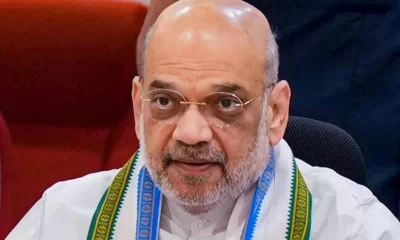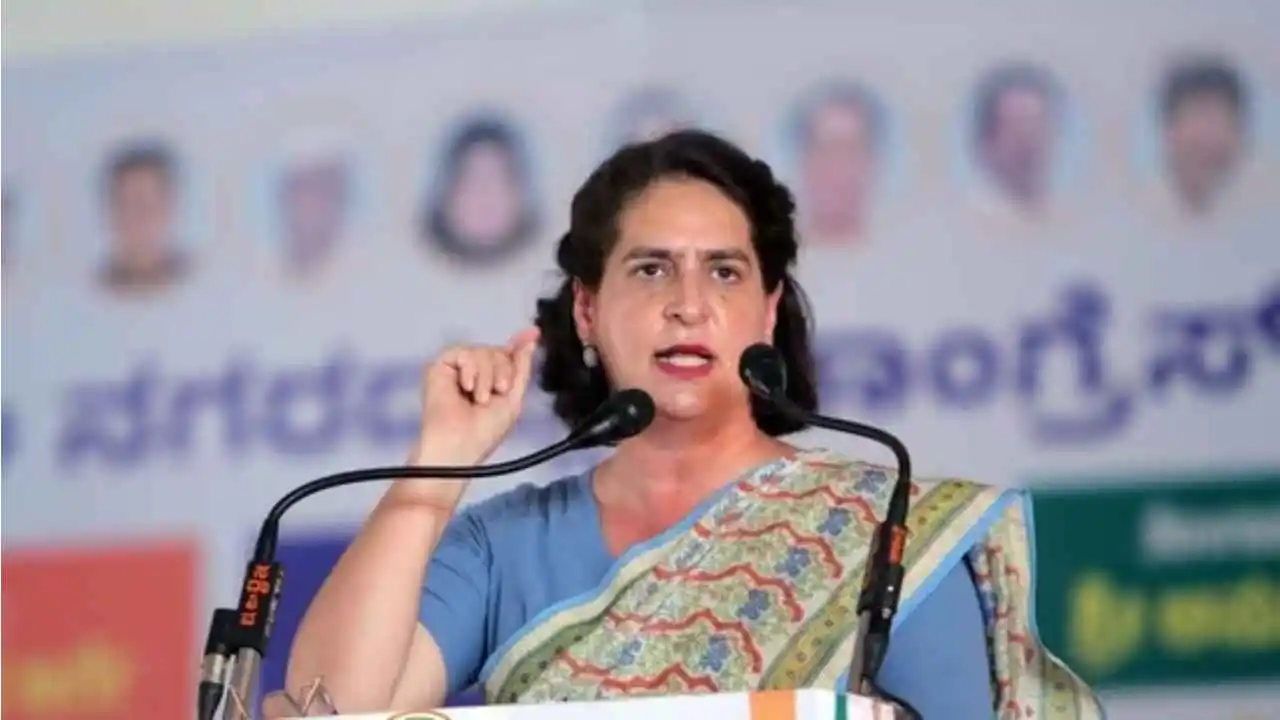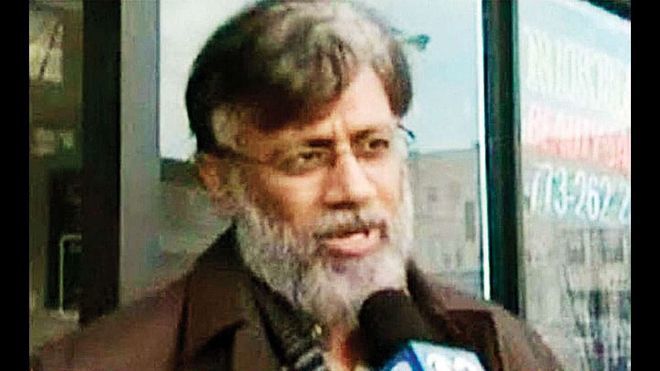India News
Indians account for world’s highest migrant population: UN
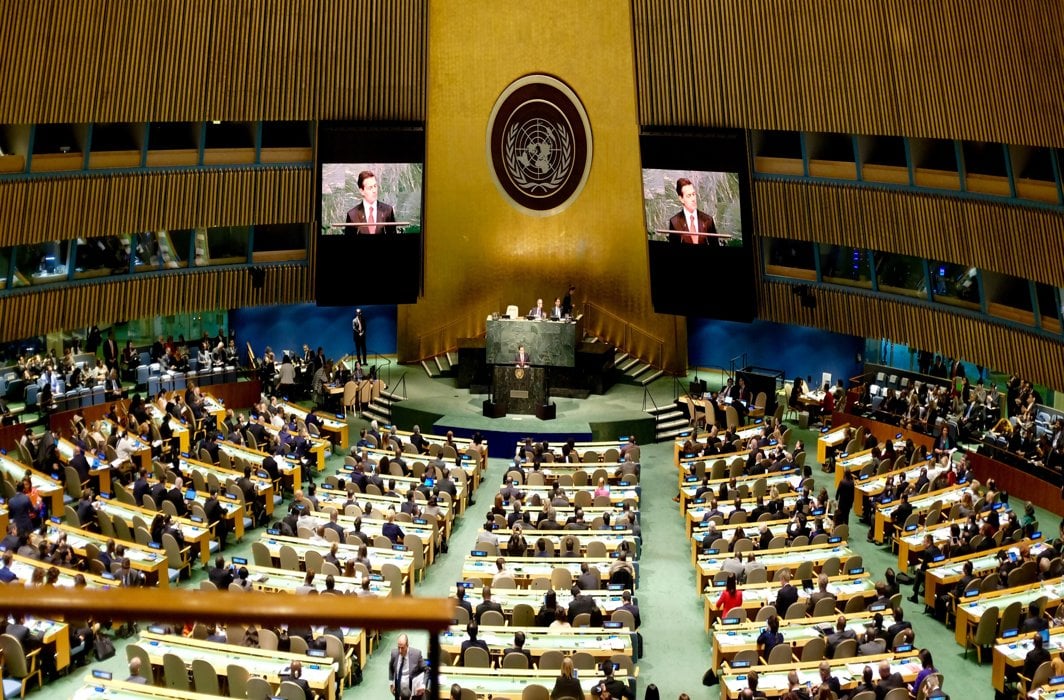
India News
Air India Express pilot dies of cardiac arrest soon after landing at Delhi airport
In a related development, the Directorate General of Civil Aviation (DGCA) has postponed the implementation of new pilot rest rules, originally scheduled for June 2024.
India News
Priyanka Gandhi says not waiving loans of Wayanad landslides victims a betrayal
According to the RBI’s Master Directions, in the aftermath of a natural disaster, financial relief measures include the restructuring or rescheduling of existing loans, which offers a one-year moratorium along with the possibility of new loans.
India News
Pakistan reacts after 26/11 plotter Tahawwur Rana extradited to India
His extradition, expected imminently, will see him face trial in India for his role in one of the deadliest terrorist incidents in the country’s history.
-

 Latest world news23 hours ago
Latest world news23 hours agoUS vs China trade war: Beijing hits back with 84% tariffs after Trump’s 104% import duty
-
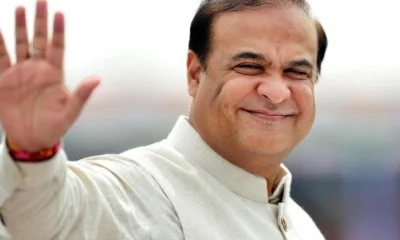
 India News23 hours ago
India News23 hours agoAfter Assam CM Himanta Biswa Sarma uses stranger’s charger on flight, internet expresses juice jacking concerns
-

 Bollywood news22 hours ago
Bollywood news22 hours agoSonakshi Sinha wraps filming of Telugu debut Jatadhara
-

 India News21 hours ago
India News21 hours agoAir India passenger allegedly urinates on fellow passenger onboard Delhi-Bangkok flight
-
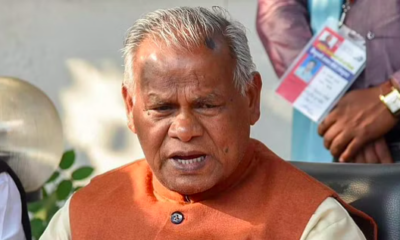
 Bihar news22 hours ago
Bihar news22 hours agoUnion Minister Jitan Ram Manjhi’s granddaughter shot dead by husband in Bihar
-
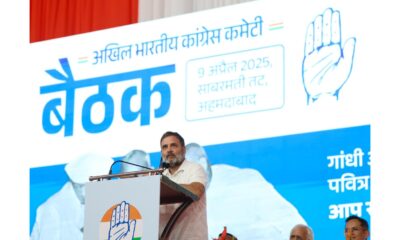
 India News21 hours ago
India News21 hours agoRahul Gandhi attacks PM Modi after fresh Trump tariffs
-

 Entertainment22 hours ago
Entertainment22 hours agoPredator: Killer of Killers trailer out, animated film to release in June
-

 India News21 hours ago
India News21 hours agoNightclub roof collapse in Dominican Republic: Toll crosses 114





